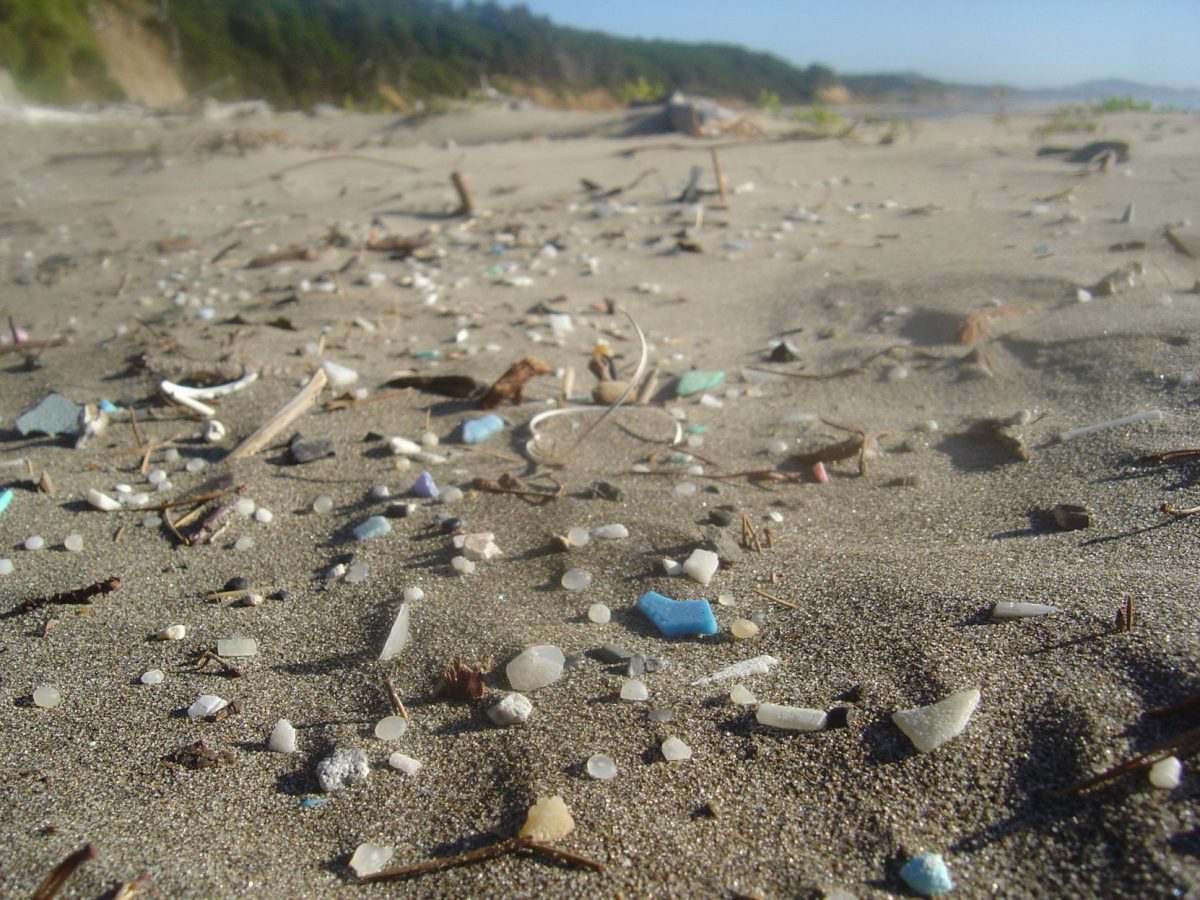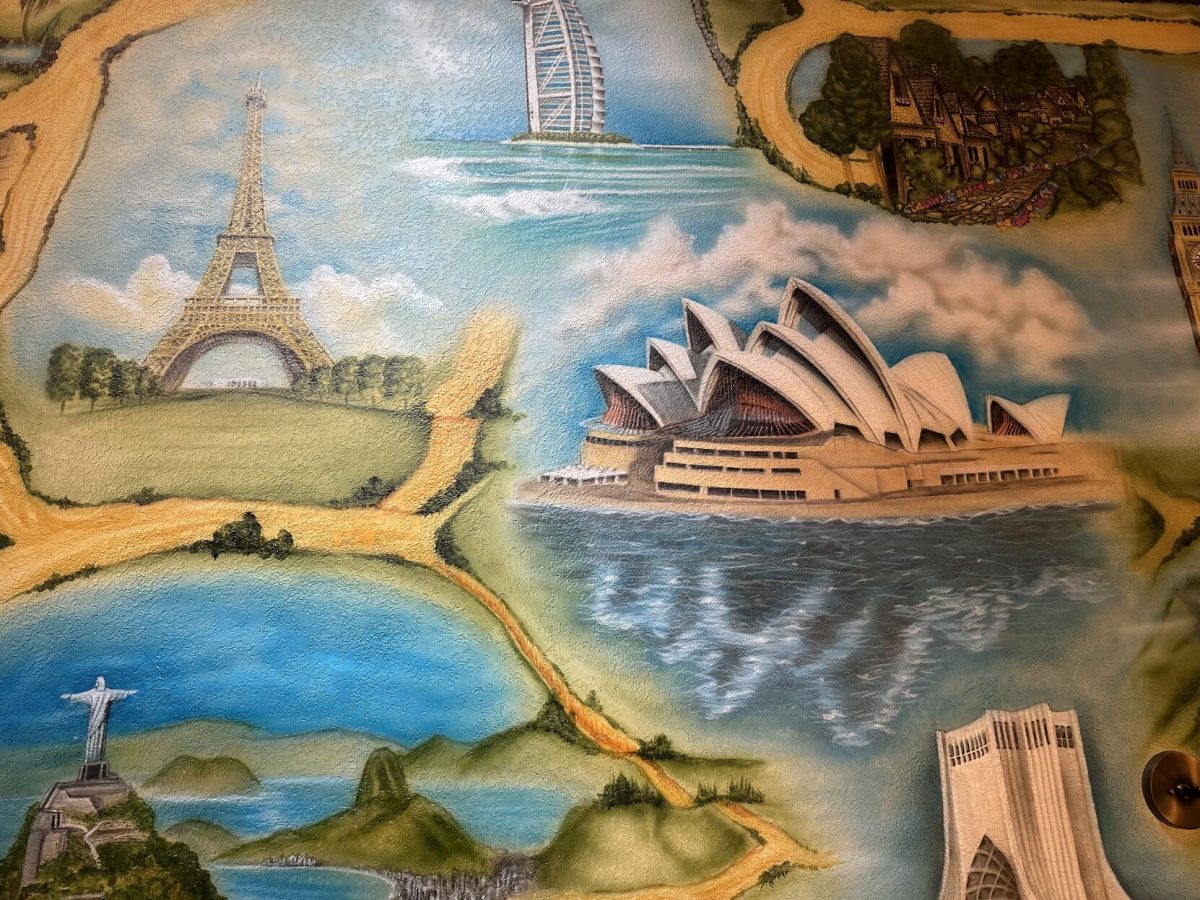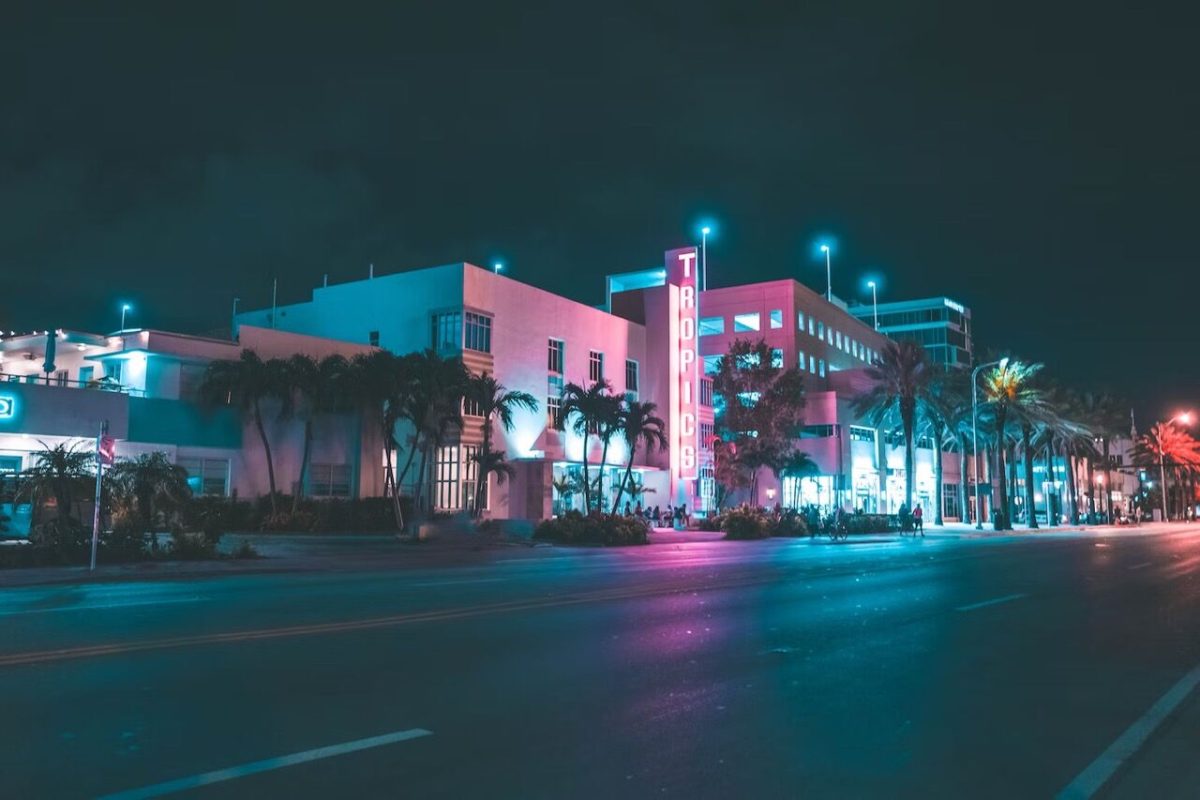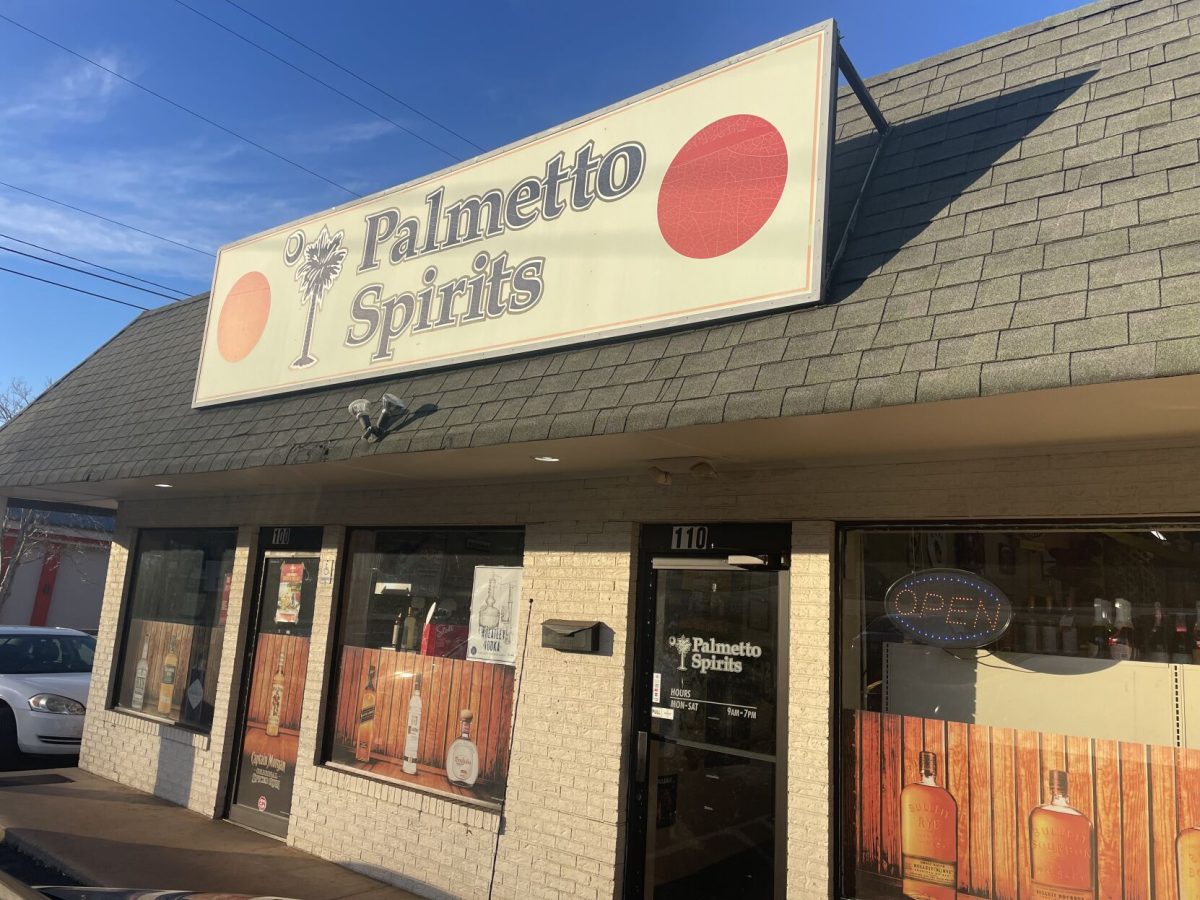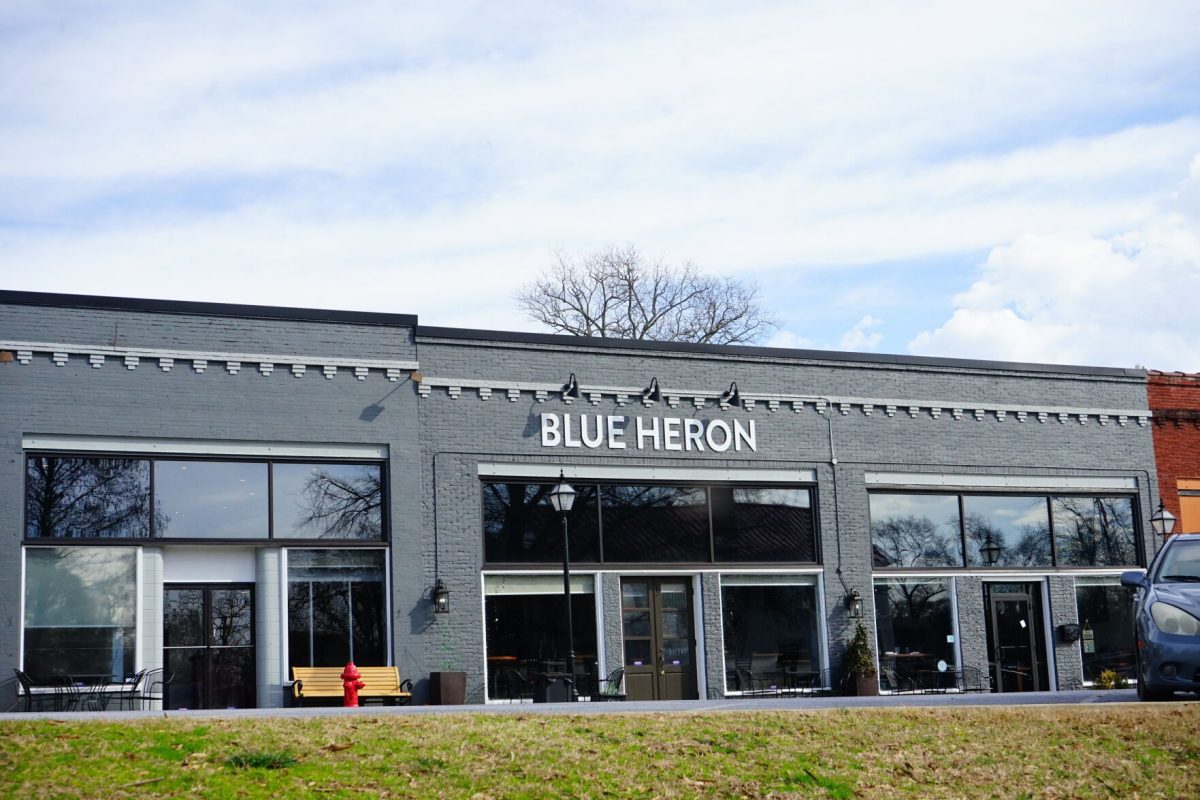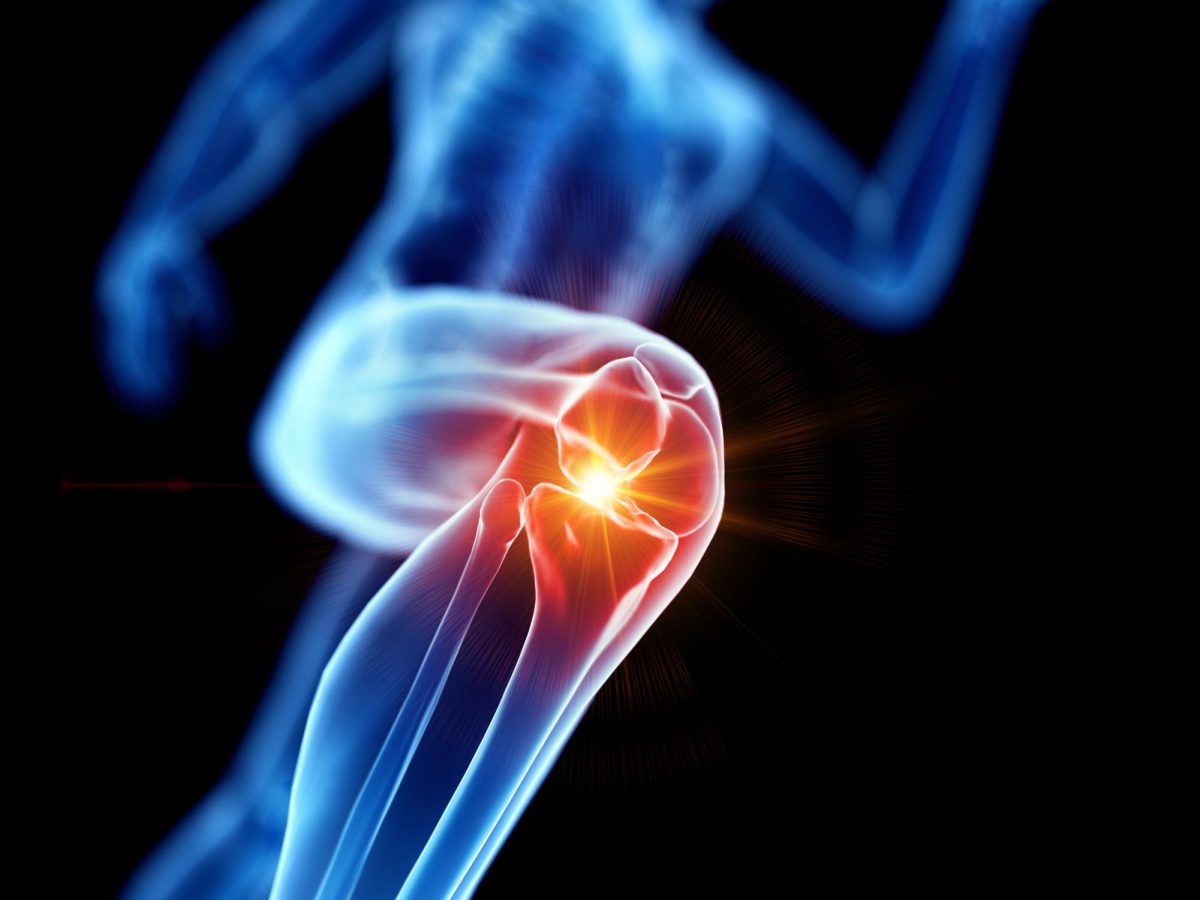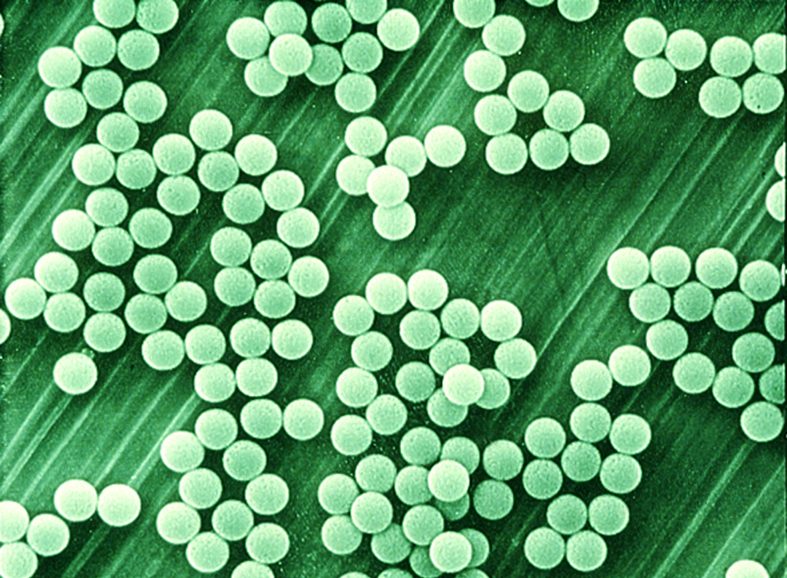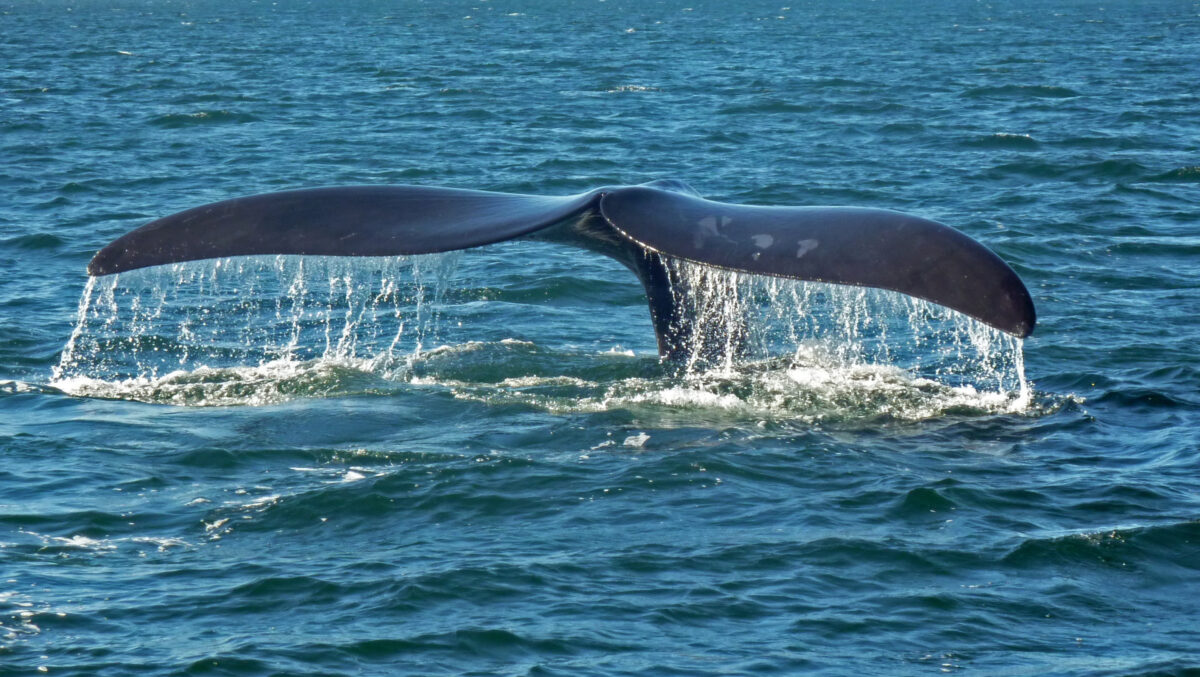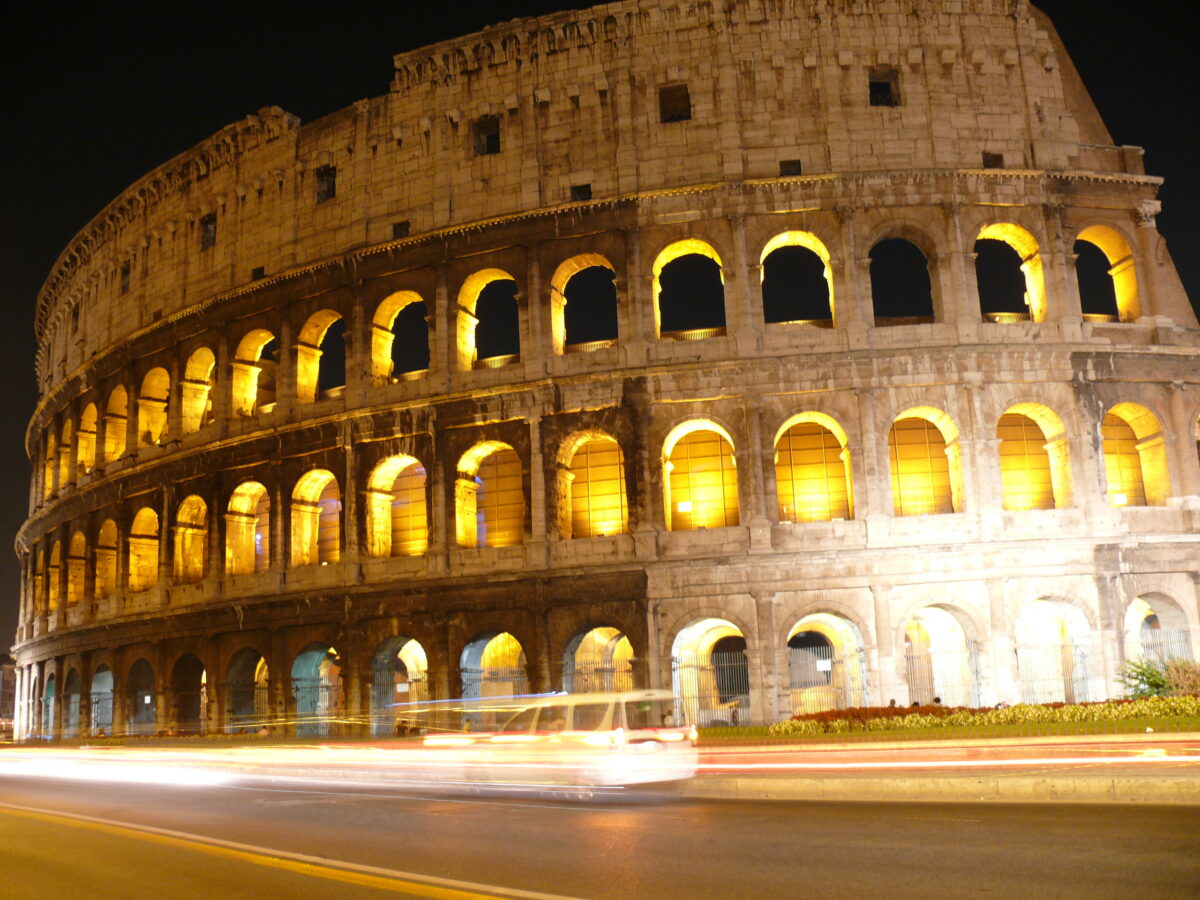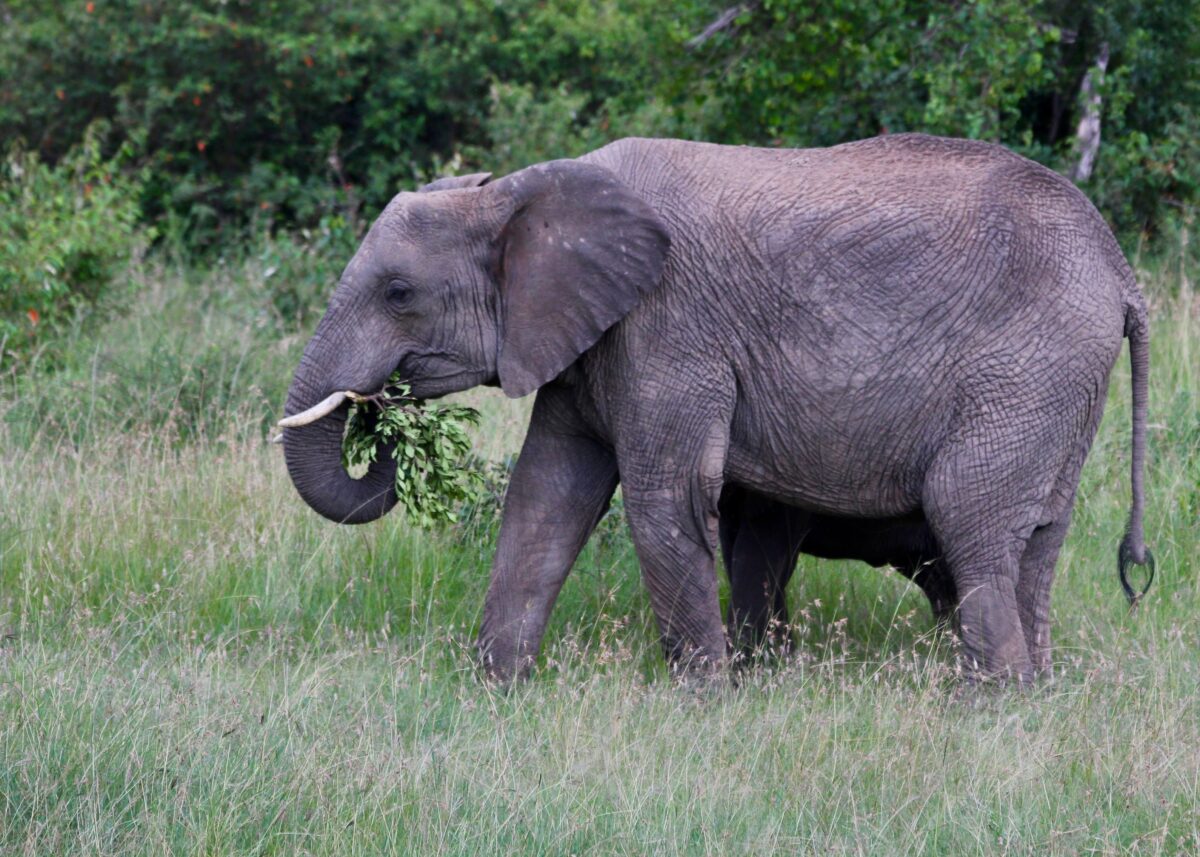Our lives are governed by plastics. Every sip of your coffee, every mile you drive, and every pill you swallow are all deeply connected to plastic. Now, plastics may even affect the marine biodiversity. A study published in 2015 by Frontiers in Ecology and the Environment, investigated the impact of the increasing amount of microplastics in the ocean on the smallest members of the marine ecosystem: microbes. The “Plastisphere”, created by the microplastics polluting the ocean, is colonized by microbes in the ocean, which in turn shapes the ocean’s resident microbial communities and affects the larger biodiversity of the ocean.
Microplastics, plastic pieces smaller than five millimeters, constantly enter the open ocean and now have become a threat on the same level as ocean acidification and marine habitat destruction. Microbes are able to colonize these microplastics by overcoming the natural charge difference on the surface of the plastics, which allows them to form diverse microbial communities. The microbial communities living on the microplastics pose their own threat: the spread of pathogens and the transfer of microbial communities to other parts of the ocean. Not only is the spread of pathogens an issue, but marine life ingests these pathogen harboringmicroplastics further increasing the threat of microplastics on marine biodiversity. After ingesting and excreting the microplastics, the microbial community on the microplastics can also be diversified by picking up microbes from the gut of the organism that ingested it. The diversification by ingestion speeds up the natural evolutionary process of changing microbial community structure on the microplastics.
The microbial community structure is affected by several variables in addition to ingestion by marine life. When investigating these microbial communities, the study found that the type of plastic and the geographic location of the plastic changes the microbial community. In addition, the microbial communities on these plastics differ from the community in the water column. With the many variables that differentiate the microbial communities on microplastics and the movement of microplastics to other geographic regions, the effect on biodiversity may be substantial.
While the microbial communities on these microplastics have been characterized, the interaction of microbes with the microplastics needs more research. Interestingly, some microbes possess the ability to degrade plastics and the polluting chemicals associated with them. The mystery of microbes assisting in microplastic bioremediation remains, but with the threat that microplastics pose, this puzzle may soon be solved.
Categories:
Microbes hitching a ride on microplastics
Jill Walton, Contributor
March 28, 2020
0
Donate to The Tiger
Your donation will support the student journalists of Clemson University. Your contribution will allow us to purchase equipment and cover our annual website hosting costs.
More to Discover



